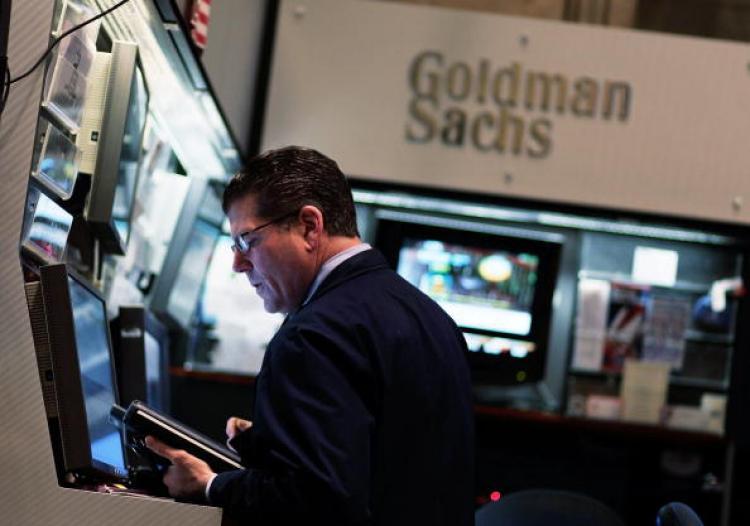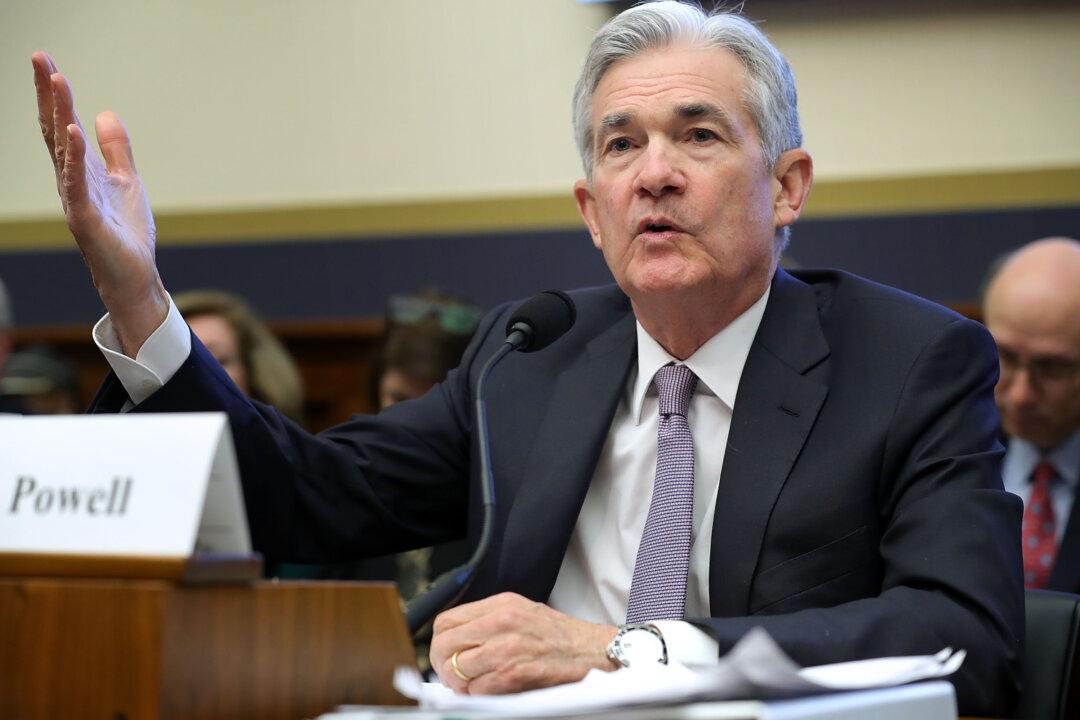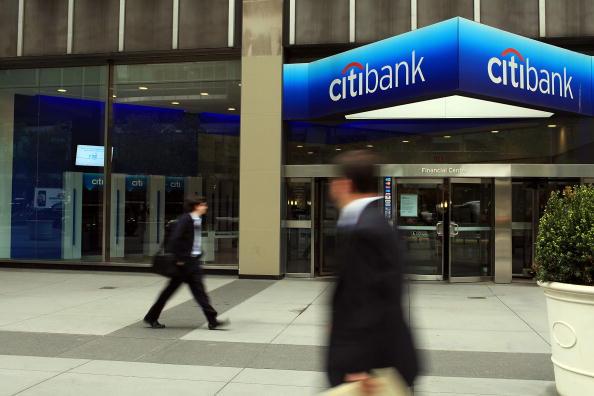Since the lows of June, financials have rebounded more than 10 percent, even as trade and the flattening Treasury yield curve have dominated the Wall Street narrative. The bloom is off the rose in real estate, as prices for high-end residential and commercial assets have faltered. Lower prices mean higher loan-to-value ratios, rising loss given default, and eventually increased loan default rates.
While backward-looking measures such as the Case-Shiller 20 City Composite Home Price Index do not yet show the turn, granular measures such as the Weiss Residential Research index show the number of homes rising in price is decelerating rapidly. This trend seems mostly confined to high-end properties, but past experience shows that market turns in home prices typically start at the top, where there are relatively fewer buyers versus the available supply.





